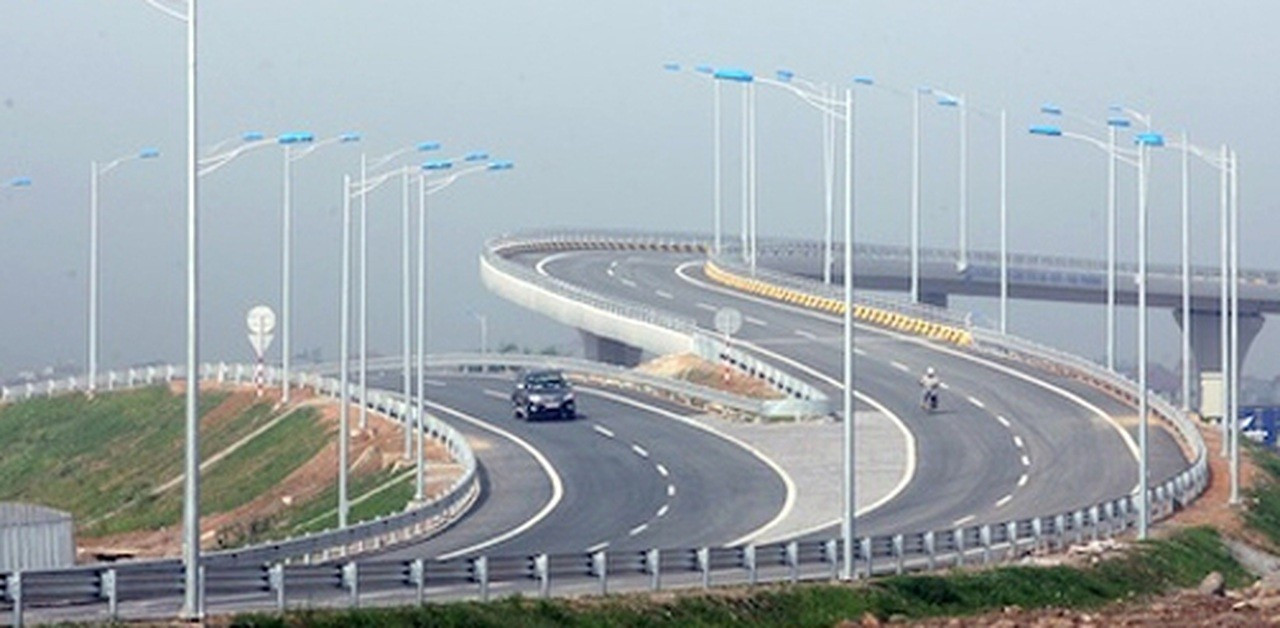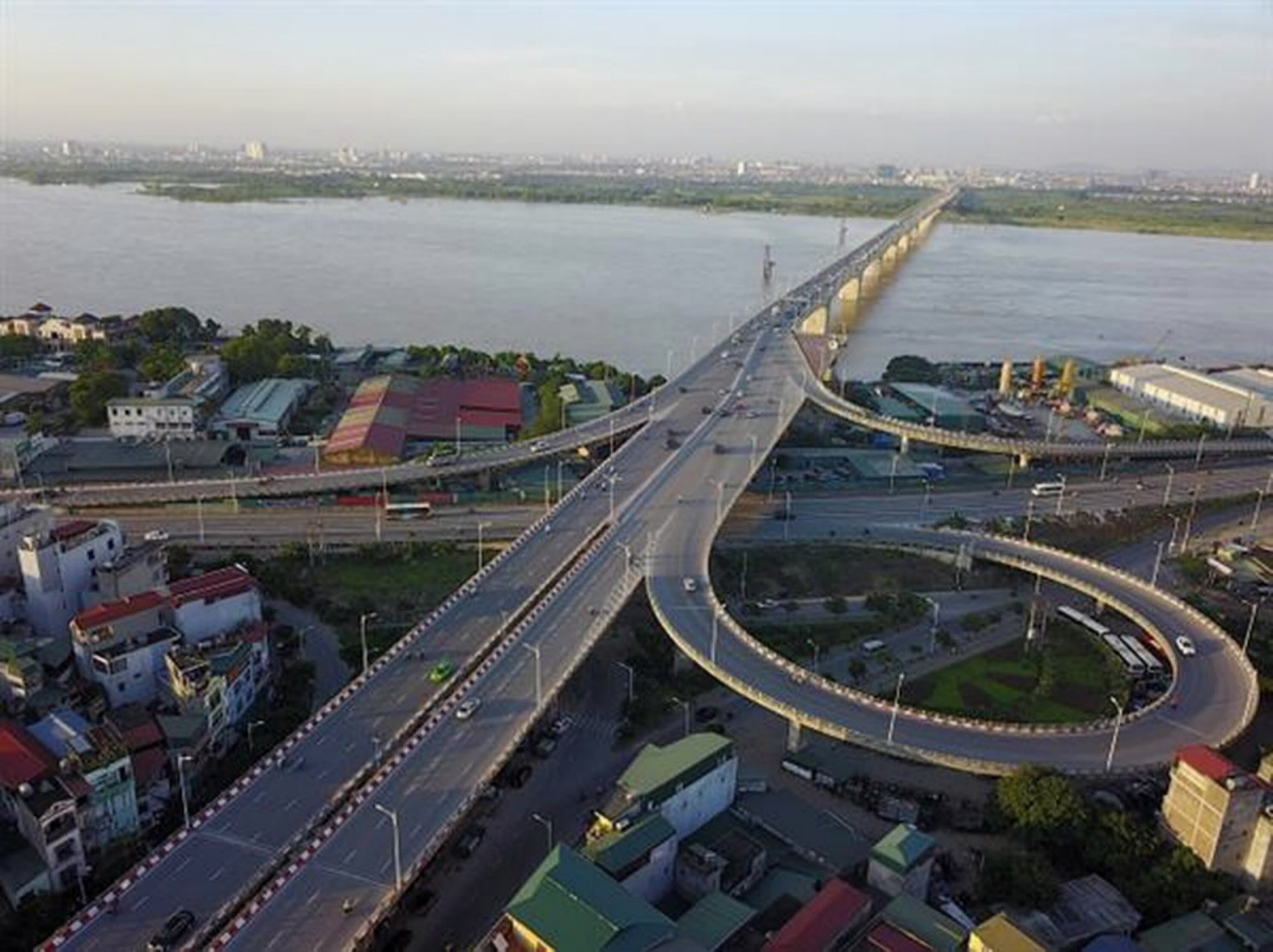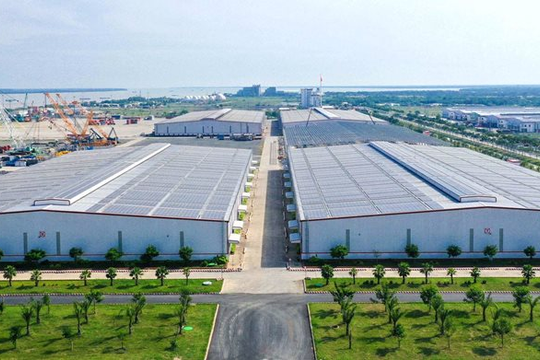PPP projects: Sharing risks or being at their own risks?
On the basis of 50-50 split?
According to the Draft of the Law on PPP, PPP project investors will share the increase between the real revenue and the revenue committed in the contract with the Government on the basis of 50/50 split. All sides agree the committed revenue, but it is not 125% higher than the revenue in the financial plan. And the Government will share with investors 50% on the decrease between the real revenue and the committed revenue. All sides agree the commited revenue, but it is not 75% higher than the revenue in the financial plan. This is considered a strong commitment from the Government in building an effective and stable legal environment which facilitates PPP projects with a highy appreciated risksharing mechanism.

Many economic experts said the 50/50 split shoud be re-considered due to PPP projects have to endure loss in their first years
However, many economic experts said the 50/50 split shoud be re-considered due to PPP projects have to endure loss in their first years. If the Government only share 50% of the revenue decrease, enterprises will have to face difficulties. Therefore, there should not be a “fixed” regulation of 50/50 split, but investors and the State’s organizations should have agreements or yearly split and flexibly adjust it in accordance to projects’ real revenue.
In addition, when applying revenue- decrease sharing on the basis of the real revenue and committed revenue in the contract (75% of the revenue at most). In order to enjoy risk-sharing mechanism in PPP project, the projects should be made by a functional organizations and it is applied on contracts of BOT, BTO, BOO and those using no Governmental capital in building works, infrastructures and with a number of conditions. Expert said this can be taken advantage of between investors and functional organizations. The committed revenue depends on negotiation abilities of different sides and there is no consistency among projects.
Tran Chung, President of the VARSI said the mechanism of sharing increase and decrease of the regulated revenue: investors and PPP project enterprises share with the Government 50% of the increase between the real revenue and revenue in the financial plan when the real revenue reaches 125% of the revenue the financial plans; investors and PPP project enterprises share with the Government 50% of the decrease between the real revenue and the revenue committed in the contract. There is an inconsistency when applying “the revenue in financial plans” and “the revenue committed” at different states. And in addition, the regulation of “all sides agree the revenue committed in the contract but it is not 75% higher than the revenue in the financial plan” may lead to the case investors probably “negotiate” with functional State’s management organizations for intransparent implementation.
Investors’ benefits when the law changes
Also according to Tran Chung, it is regulated in the Article 83 of the Draft of Law of PPP that a mechanism of sharing increasing or decreasing revenue should be stated at a decision of investment. Therefore, is it applied only in projects carried out in accordance to PPP Law, and will it not be applied on projects that had guideline of investments as the North- South Expressway? There should be a transitional article that allows projects that had guideline of investments to share risks.
Mentioning the matter, Vu Tien Loc, President of Vietnam Chamber of Commerce and Industry said protecting investors’ benefits is not only in the state of implementing the law but also in the state of changing the law. The Draft of the Law of PPP has no articles on investment guarantee when there are changes in the law. This is the content that investors have been paying much attention to due to uncertainty in Vietnam’s law. “In fact, there is an article on investment guarantee when there are changes in the law regulated in the Article 13 of the Law of Investement. However, it mentions changes in law documents on investment incentives. PPP projects require much higher stability in investment environment. Therefore, it is suggested that there be a modification of an article on investment guarantee when there are changes in the law,” said Loc.
It is thought that when the Government wishes to call for financial resources, knowledge and management abilities from various economic sectors to compensate budget deficits, they should be responsible for projects’ feasibility by offering tools of assisting, ensuring and guaranteeing and they should not lay all responsibilities for risks on private business when they carry out projects with public purposes.

.jpg)






.jpg)
.jpg)
.jpg)

.jpg)



.jpg)